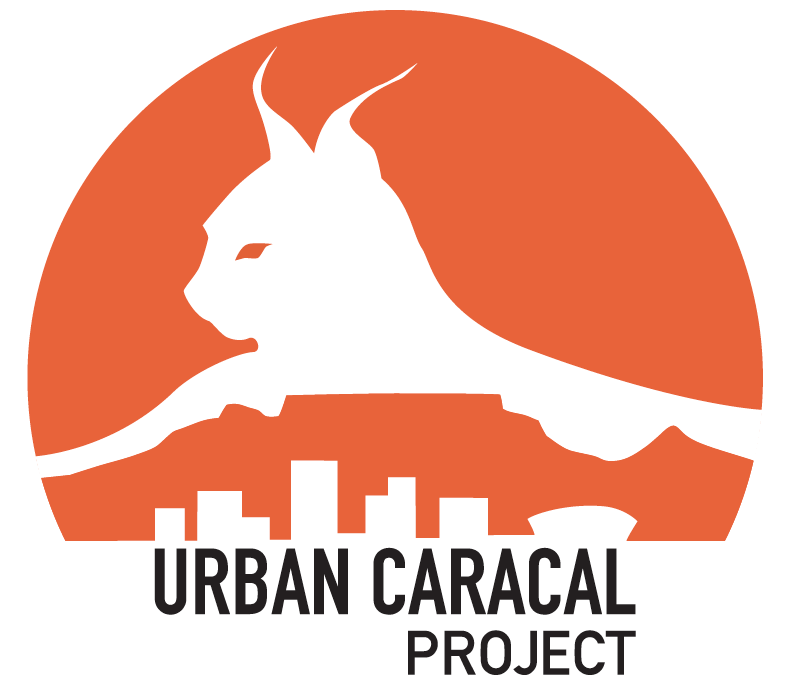We create infographics as educational tools to present our methods and data.
Cape Peninsula caracal diet, showing top three prey species. Caracals in the northern, more urbanised section of the Peninsula had very different diets from those in the south!
Reported caracal sightings mirror caracal GPS-collar data!
July 11, 2019
Curiousity doesn't always have to kill the cat....
July 18, 2018
What's for dinner?
May 29, 2018
The greenbelts that remain can enable wildlife persistence in fragmented habitat
Why do cats eat cats?
August 11, 2016
The Urban Caracal Project at work: Investigating GPS clusters to make many cool discoveries!
December 21, 2015
The ladies of the Cape Peninsula aren't picky eaters
May 19, 2016
The unexpected consequences of rat poison use in urban areas
March 21, 2016
What's for dinner? Discovering Savannah's diet
May 24, 2015
Is inbreeding a critical threat to Cape caracals?
April 19, 2019
What's natural habitat to a caracal?
June 25, 2018
The life and death of Laduma, an urban caracal legend
February 15, 2017
With "Hope" springs new life
June 15, 2016
The birds and the bees and caracals: raising kittens in the city
April 26, 2016
What's a young male to do to find a home of his own?
June 17, 2015
Road crossing hotspots are roadkill hotspots too
April 6, 2016
Cats at day and night: are caracals really nocturnal?
July 28, 2015
Hermes and his awe-inspiring story of resilience
November 19, 2018
The days of their lives: Fire Lily’s 2-day feast in Noordhoek
October 16, 2018
When fires erupt, what happens to the caracals?
September 19, 2017
How we study elusive, rarely seen wildlife: the power of advancing technology
October 30, 2016
A chain of poisoning: rat poisons kill more than just rats
June 30, 2015
The resilience of wild cats in the face of environmental change: Atticus wears the scars of the March fires
June 11, 2016

























